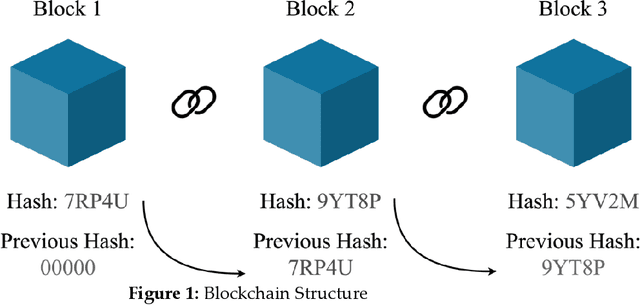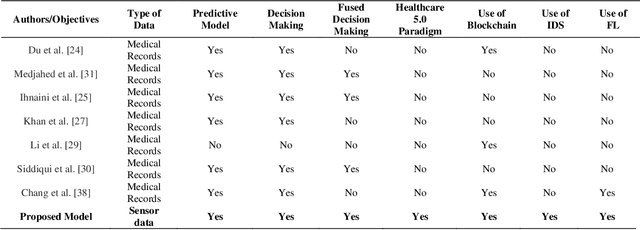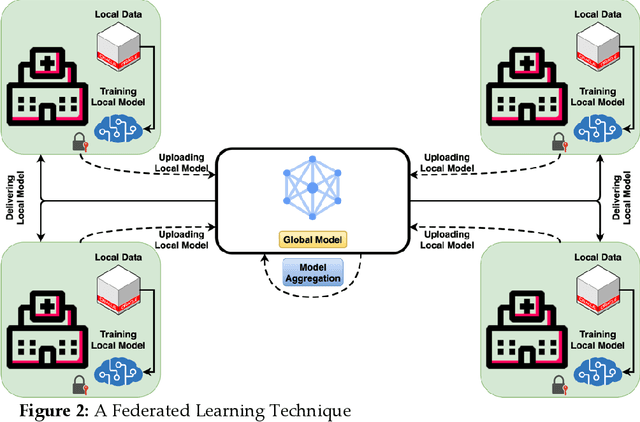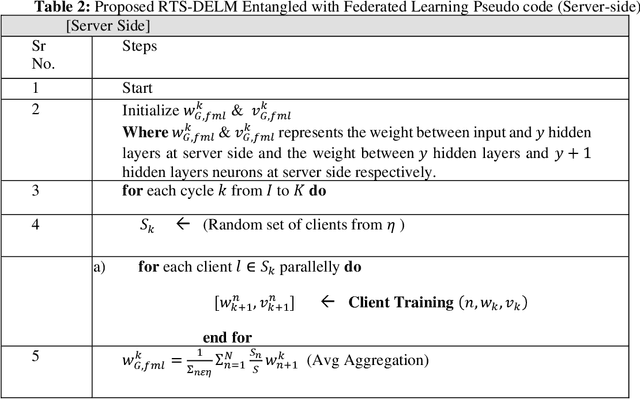Abdur Rehman
Illuminating Darkness: Enhancing Real-world Low-light Scenes with Smartphone Images
Mar 10, 2025Abstract:Digital cameras often struggle to produce plausible images in low-light conditions. Improving these single-shot images remains challenging due to a lack of diverse real-world pair data samples. To address this limitation, we propose a large-scale high-resolution (i.e., beyond 4k) pair Single-Shot Low-Light Enhancement (SLLIE) dataset. Our dataset comprises 6,425 unique focus-aligned image pairs captured with smartphone sensors in dynamic settings under challenging lighting conditions (0.1--200 lux), covering various indoor and outdoor scenes with varying noise and intensity. We extracted and refined around 180,000 non-overlapping patches from 6,025 collected scenes for training while reserving 400 pairs for benchmarking. In addition to that, we collected 2,117 low-light scenes from different sources for extensive real-world aesthetic evaluation. To our knowledge, this is the largest real-world dataset available for SLLIE research. We also propose learning luminance-chrominance (LC) attributes separately through a tuning fork-shaped transformer model to enhance real-world low-light images, addressing challenges like denoising and over-enhancement in complex scenes. We also propose an LC cross-attention block for feature fusion, an LC refinement block for enhanced reconstruction, and LC-guided supervision to ensure perceptually coherent enhancements. We demonstrated our method's effectiveness across various hardware and scenarios, proving its practicality in real-world applications. Code and dataset available at https://github.com/sharif-apu/LSD-TFFormer.
A Secure Healthcare 5.0 System Based on Blockchain Technology Entangled with Federated Learning Technique
Sep 16, 2022



Abstract:In recent years, the global Internet of Medical Things (IoMT) industry has evolved at a tremendous speed. Security and privacy are key concerns on the IoMT, owing to the huge scale and deployment of IoMT networks. Machine learning (ML) and blockchain (BC) technologies have significantly enhanced the capabilities and facilities of healthcare 5.0, spawning a new area known as "Smart Healthcare." By identifying concerns early, a smart healthcare system can help avoid long-term damage. This will enhance the quality of life for patients while reducing their stress and healthcare costs. The IoMT enables a range of functionalities in the field of information technology, one of which is smart and interactive health care. However, combining medical data into a single storage location to train a powerful machine learning model raises concerns about privacy, ownership, and compliance with greater concentration. Federated learning (FL) overcomes the preceding difficulties by utilizing a centralized aggregate server to disseminate a global learning model. Simultaneously, the local participant keeps control of patient information, assuring data confidentiality and security. This article conducts a comprehensive analysis of the findings on blockchain technology entangled with federated learning in healthcare. 5.0. The purpose of this study is to construct a secure health monitoring system in healthcare 5.0 by utilizing a blockchain technology and Intrusion Detection System (IDS) to detect any malicious activity in a healthcare network and enables physicians to monitor patients through medical sensors and take necessary measures periodically by predicting diseases.
 Add to Chrome
Add to Chrome Add to Firefox
Add to Firefox Add to Edge
Add to Edge